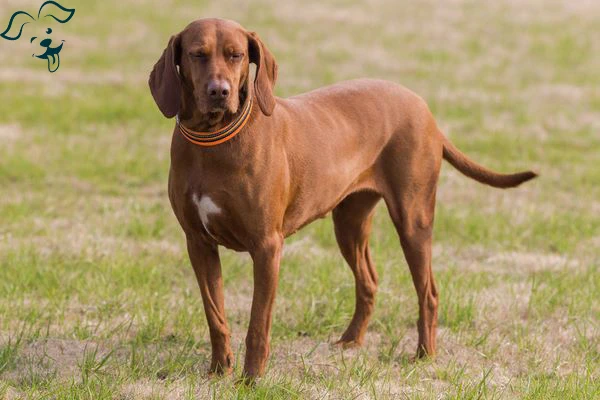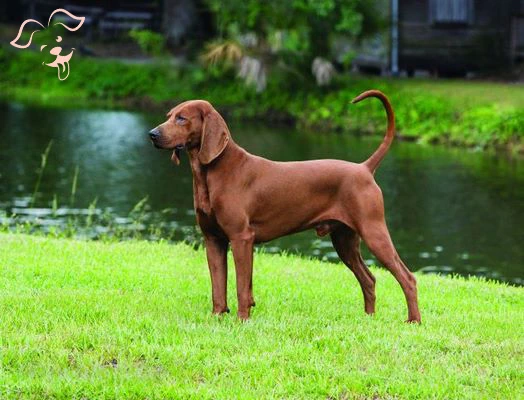CARING WITH FAMILY
|
| The level of affection a breed typically shows towards family members or other familiar individuals varies. Some breeds tend to be more aloof reserving their affection primarily for their owner, while others are known to treat everyone they know as their best friend. |
LOVE WITH CHILDREN
Unwise
Good With Children
|
| The general friendliness of a breed towards other dogs can vary. While it is important to always supervise dogs during interactions and introductions with other dogs, it is worth noting that some breeds are naturally more inclined to get along with other dogs both in home settings and in public. However, individual temperament and socialization also play significant roles in determining how well a dog will interact with others, regardless of breed. |
BEHAVIOR WITH DOGS
Unwise
Good With Other Dogs
|
| When considering a breed, it's important to assess their tolerance and patience towards children's behavior as well as their overall family-friendly nature. While certain breeds are inherently more patient and gentler with kids, it's crucial to remember that dogs should always be supervised when interacting with young children or those who have limited experience with dogs. This ensures the safety and well-being of both the child and the dog. |
SHEDDING LEVELS & MANAGEMENT
No Shedding
Hair Everywhere
|
| The amount of fur and hair a breed tends to shed is an important consideration. Breeds that are prone to high shedding will require more frequent brushing to manage loose hair. Additionally, these breeds are more likely to trigger allergies in sensitive individuals. It is also worth noting that high-shedding breeds may necessitate more consistent efforts in terms of vacuuming and lint-rolling to keep your living space clean. |
COAT GROOMING STANDARDS
|
| In order to determine the grooming requirements for a specific breed, it is crucial to evaluate how often they need bathing, brushing, trimming and other coat maintenance tasks. It is vital to allocate sufficient time, patience, and budget for this kind of care. Additionally, bear in mind that regular nail trimming is necessary for all breeds. |
DROOLING INTENSITY
Less Likely to Drool
Always Have a Towel
|
| If you have a strong preference for cleanliness, it is important to take into account how prone a breed is to drooling. If you find the idea of dogs leaving trails of slobber on your arm or creating large wet spots on your clothes unappealing, it may be wise to consider a breed that is not known for heavy drooling. |
COAT STYLES GUIDE |
| Smooth |
| COAT SPECTRUM |
| Short |
FRIENDLINESS
Reserved
Everyone Is My Best Friend
|
| The level of welcoming behavior towards strangers can vary among different breeds. Certain breeds tend to be reserved or cautious around unfamiliar individuals, regardless of the setting. On the other hand, there are breeds that exhibit a friendly and enthusiastic nature when encountering new people showing a willingness to engage whenever an opportunity arises. |
LIVELINESS
Only When You Want To Play
Non-Stop
|
| The level of enthusiasm a breed exhibits towards play, even beyond their puppyhood stage, can vary significantly. Some breeds will maintain a strong desire to engage in activities like tug-of-war or fetch well into their adult years. They will eagerly participate in energetic play sessions. In contrast, other breeds will be content with spending most of their time relaxing on the couch alongside their owners preferring more low-key and laid-back activities. |
VIGILANCE INTENSITY
What's Mine Is Yours
Vigilant
|
| Certain breeds have a notable inclination to alert their owners of the presence of strangers. They are more likely to react to any potential threat, whether it's the mailman or a squirrel outside the window. Moreover, these breeds tend to warm up to strangers who enter the house and are accepted by their family. |
ADAPTATION CAPACITY
Lives For Routine
Highly Adaptable
|
| The adaptability of a breed to handle change plays a significant role and encompasses various aspects such as alterations in living conditions, noise levels, weather conditions, daily schedules and other variations in day-to-day life. Some breeds are more prone to navigate and adjust to these changes with ease, while others may find them more challenging. When considering a breed, it is important to evaluate their ability to cope with a dynamic environment and adapt accordingly. |
OBEDIENCE LEVEL
Self-Willed
Eager to Please
|
| Discover the simplicity of training your dog and witness their eagerness to acquire new skills. Certain breeds strive to bring joy to their owners, while others lean towards following their own desires, whenever and wherever they please. |
STAMINA LEVEL
|
| The exercise and mental stimulation requirements vary among different breeds. High-energy breeds exhibit a constant enthusiasm for new adventures engaging in activities like running, jumping and playing throughout the day. On the other hand, low-energy breeds tend to take a more relaxed approach happily lounging around and indulging in restful snoozes. |
VOCALIZATION
|
| Likes To Be Vocal |
LEARNING CURIOSITY LEVEL
Happy to Lounge
Needs a Job or Activity
|
| The level of mental stimulation necessary for a breed to maintain its happiness and overall well-being is worth considering. Purpose-bred dogs often have specific roles that involve decision-making, problem-solving, concentration and other cognitive abilities. Without adequate mental exercise, they may seek out their own activities to keep their minds occupied but these activities might not align with our preferences. It is crucial to provide them with appropriate outlets for mental stimulation to prevent unwanted or undesirable projects they may embark on independently. |
| COLORS |
|
Description
|
Registration Code
|
|
Red
|
140
|
|
| PATTERNS |
|
Description
|
Registration Code
|
|
White Markings
|
014
|
|






























FRIENDLINESS
LIVELINESS
VIGILANCE INTENSITY
ADAPTATION CAPACITY